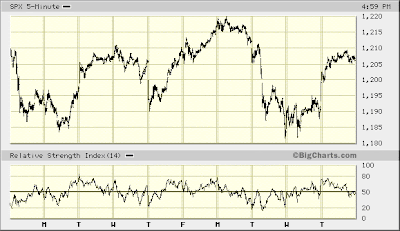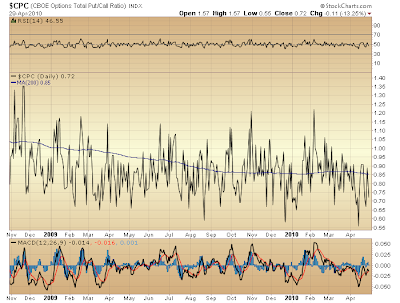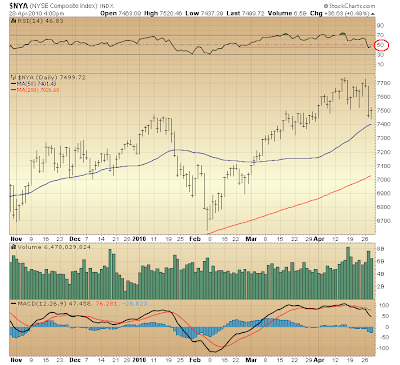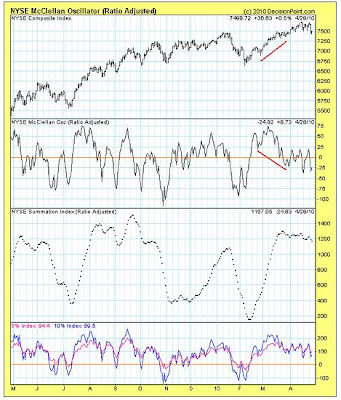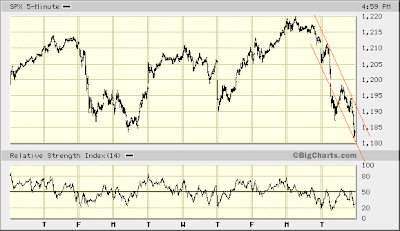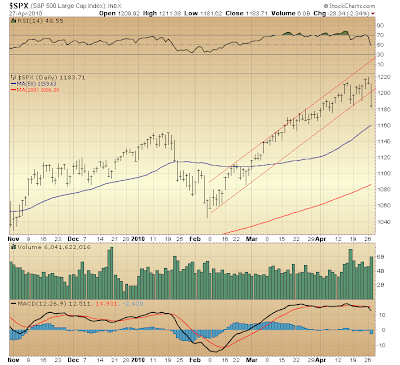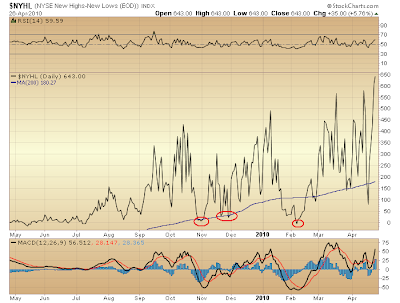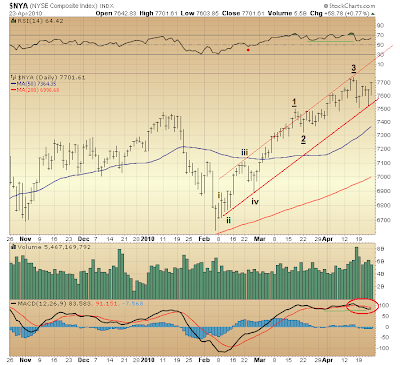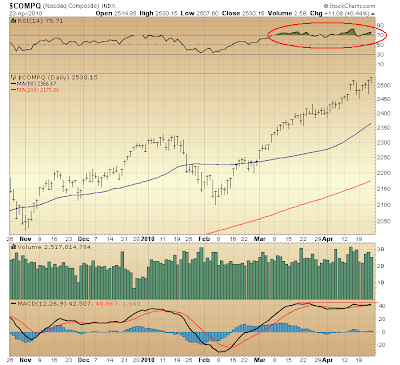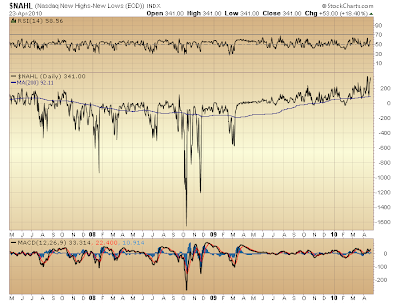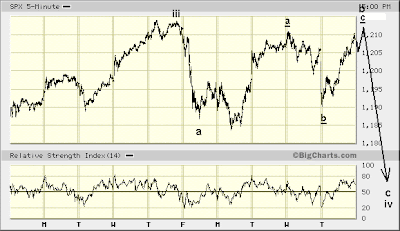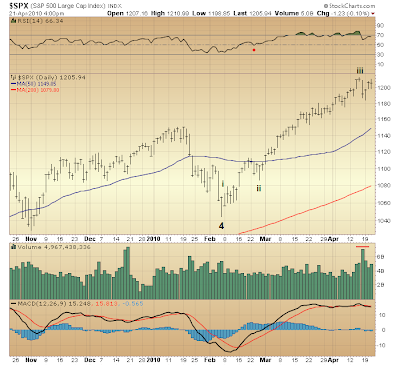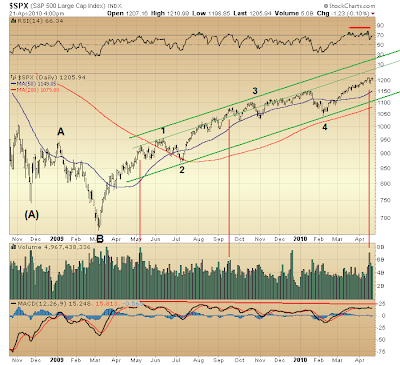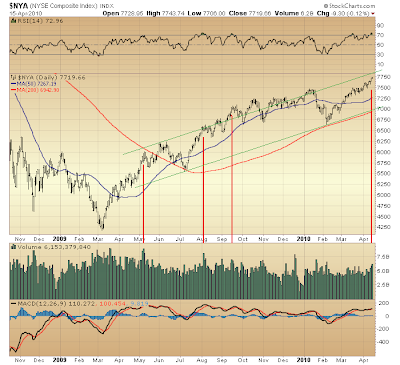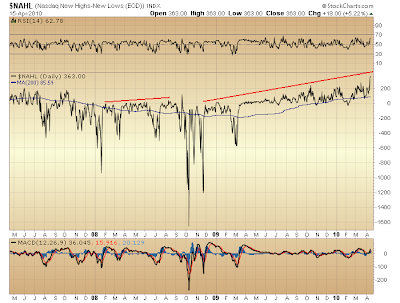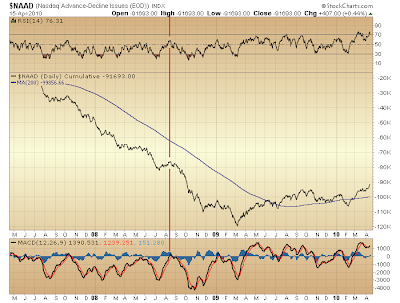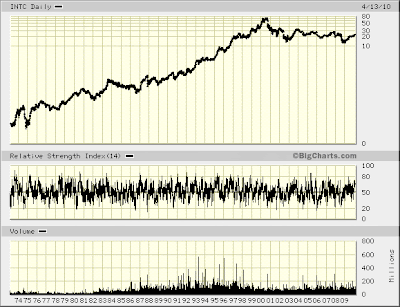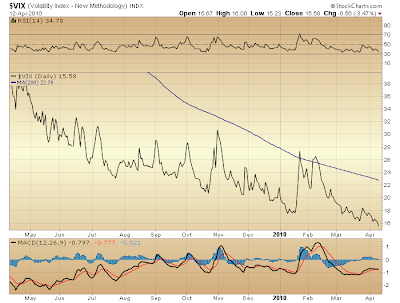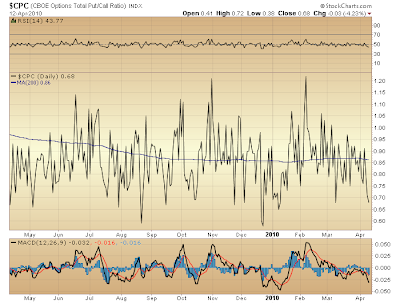Several U.S. senators this week called activity involving Goldman Sachs' synthetic CDOs no different than gambling. However, the use of such words as "bets" and "gambling" is an obfuscation. The SEC has charged Goldman with fraud and this is a beast of a different sort.
Gambling involves taking a non-transferable position betting on the outcome of some discreet event. When there was a market for such things as synthetic CDOs, players could anonymously trade their positions in these securities at any time. No such market exists for trading bets made, for example, on the Super Bowl. Likewise, one cannot sell one's "position" at halftime.
So, conceptions involving "gambling" really have no place in the Goldman Sachs case. The issue is fraud, which matter now is expanding into a criminal investigation.
Senators this week also were heard disparaging the social utility of Wall Street's broke down credit-creating machine. So, listen to the voice openly questioning all things bailout and reform, then. This from a body wherein an absolute majority are not up for re-election. A significant development, indeed.
Speaking of financial reform ... if only the year were 1988. Then, proposals to improve capital standards by raising reserve requirements might actually be useful. Trouble is a bankrupt system (whose build-out Alan Greenspan spent two decades at the Fed rationalizing) cannot be reformed without first being reorganized.
In other words, there isn't real capital enough to raise reserves. The global economy simply does not produce adequate wealth. Were truth otherwise, would sovereign nations be on the verge of collapse?
"The already material risks of disorderly bank deposit outflows and capital flights are increasing. The bottom line is simple yet consequential: The Greek debt crisis has morphed into something that is potentially more sinister for Europe and the global economy. What started out as a public finance issue is quickly turning into a banking problem too; and has become a full-blown crisis for Europe."
—Mohamed El Erian, PIMCO (Financial Times, April 29, 2010)
Thus, unlike yesterday's bailout initiatives serving to buy time, today's push for financial reform could be sounding an alarm, because with the globe's downward financial spiral continuing, time for the buying evidently is passed.
Which brings this thought right back to Goldman Sachs...
Escalation of this firm's legal troubles is to the Obama administration's effort at building momentum for financial reform ... as snowballs are to hell. Europe's approaching blowout combined with Goldman's growing troubles rather suggests an unraveling of contemporary arrangements among the public- and private-sector could be at hand even here in the U.S.
Wide-eyed dreamers claim the case against Goldman rests on e-mail communications no more damning than those used to prosecute two Bear Stearns' traders who subsequently were acquitted. However, Goldman's circumstance presents one significant difference: the firm remains a going concern ... flush with assets ripe for the stealing, and then leveraging yet further.
With national treasuries and central banks coming under attack Goldman's political cover is weakening. So, with Warren Buffett now coming to the firm's defense one wonders whether Berkshire Hathaway's insurance businesses are vulnerable to accompanying Goldman Sachs in a lineup of firms being targeted for slaughter, this in a climate of chaos conducive to asset fire sales, a condition whose cultivation was greatly furthered this week.
Something else to think about... Buffett's endorsement of Goldman Sachs could enhance the cover necessary for dismantling the firm. Look at it this way: should fraud have fooled the likes of the Oracle of Omaha — a virtual insider — how might other sophisticated investors have detected Goldman's deception?
So much for due diligence.

* * * * *
© The Risk Averse Alert — Advocating a patient, disciplined approach to stock market investing. Overriding objective is limiting financial risk. Minimizing investment capital loss is a priority.
Analysis centers on the stock market's path of least resistance. Long-term, this drives a simple strategy for safely investing a 401(k) for maximum profit. Intermediate-term, investing with stock index tracking-ETFs (both their long and short varieties) is advanced. Short-term, stock index options occasionally offer extraordinary profit opportunities when the stock market is moving along its projected path.
Nothing is set in stone. Nor is the stock market's path of least resistance always known. More often than not, there are no stock index option positions recommended.
 There's an easy way to boost your investment discipline...
There's an easy way to boost your investment discipline...Get Real-Time Trade Notification!
